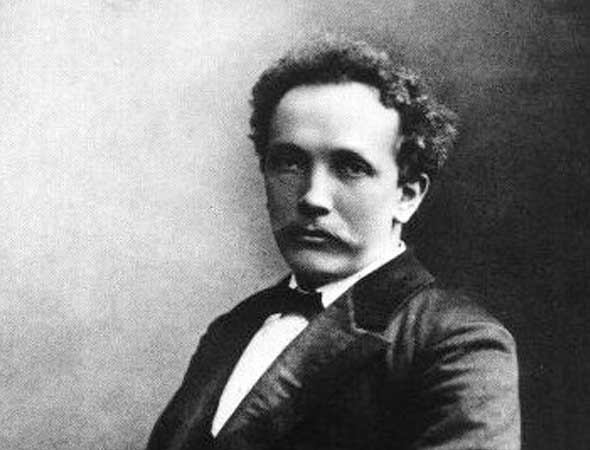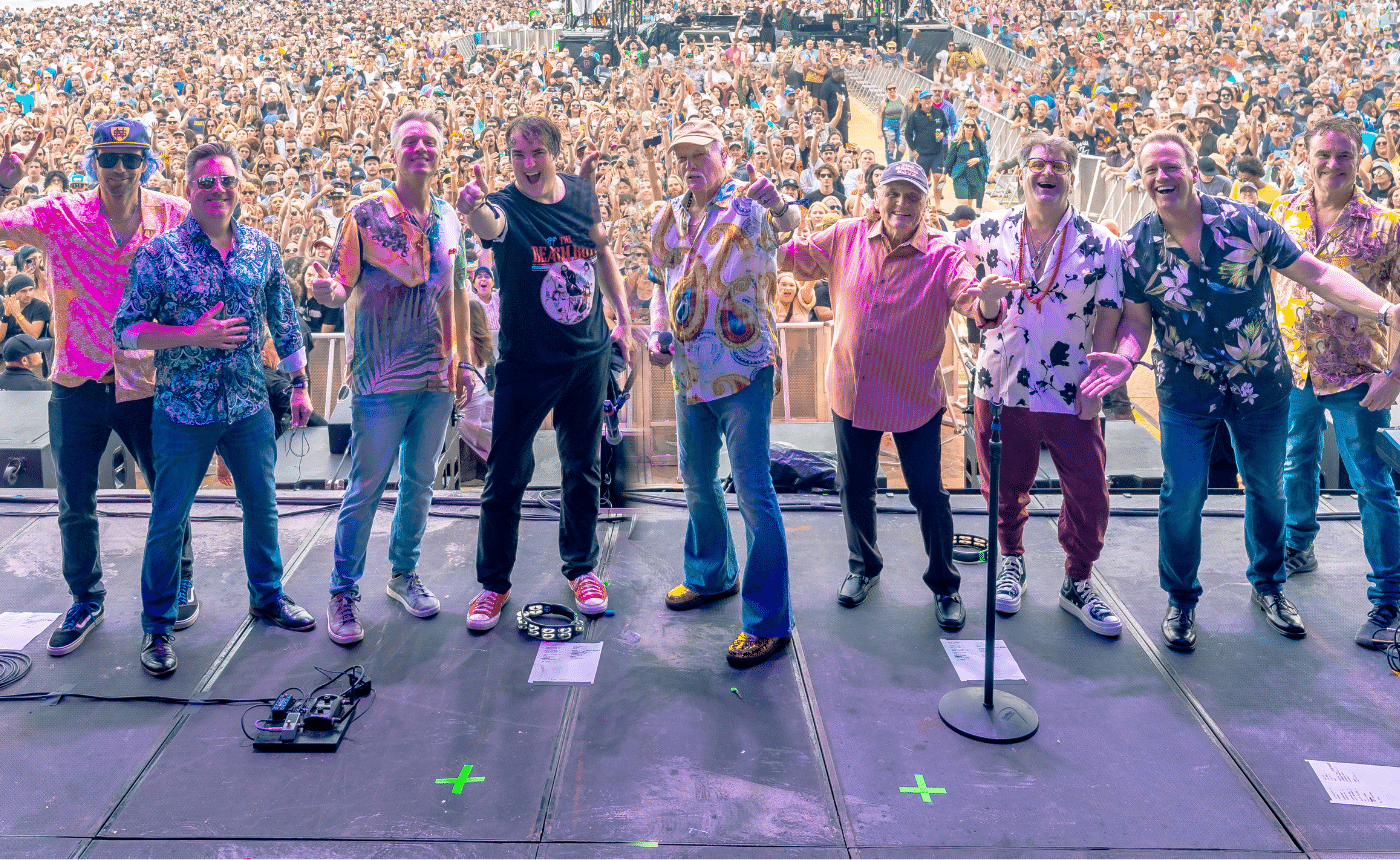STRAUSS: Death and Transfiguration
by Jeff Counts
THE COMPOSER – RICHARD STRAUSS (1864-1949) – An obsession with Richard Wagner would not have adequately distinguished one young German musician from another in the late 1880s. Even though he was dead, many were still in his thrall and Richard Strauss was very much among them. In fact, Strauss at that time became a mentee of a foremost Wagner interpreter, Hans von Bülow. Bülow opened professional doors for Strauss, including the music directorship at Meiningen, and encouraged his young colleague to intensify his study of Wagner. Strauss soon struck up a friendship with Alexander Ritter, a violinist at Meiningen who was married to Wagner’s niece Franziska. That’s a lot of Wagner, for anyone, but there were other critical influences in play.

THE HISTORY – On the advice of Ritter, Straus also explored the works of Liszt and Berlioz, particularly those that fed his own growing voice as a tone poet. The result was the first glimpse into one of music history’s richest veins of creativity. The tone poems of Richard Strauss expanded on the scope and instrumental ingenuity of Liszt’s work in staggering ways. He wrote nine of them between 1886 and 1903 before turning his attention fully to opera, and they represent the absolute pinnacle of programmatic fluency. Towards the beginning of that stretch was Death and Transfiguration (1889), written just three years after Liszt died (in Wagner’s Bayreuth, of course, where he had gone at the invitation of his daughter Cosima, Wagner’s widow). Strauss spent the 1889 summer at Bayreuth himself, working as a rehearsal assistant on a production of Tristan und Isolde, a score he had secretly fallen in love with against the wishes of his artistically conservative father. Death and Transfiguration was a success at its 1890 premiere, thanks in part to the audience’s bated breath from his previous smash hit Don Juan. Strauss had also been wise enough to hedge against the comparative subtlety of Death and Transfiguration by asking his good friend Ritter to write up a scenario in verse for listeners to follow. The music traces the story of an artist, dying in bed and recalling the important moments of his life. He was never able to fully realize creative perfection in the living world, and though his transition is painful, perhaps the heavens show him what he was denied in mortality. As his soul leaves his body, the cosmos repays his vigilant aspirations. The “Transfiguration” theme that unifies the music had a long trajectory for Strauss. It returned near the very end of his Four Last Songs over 60 years later and was likely with him on his own deathbed in 1949. Passing was “just as I composed it”, he told his daughter.
THE WORLD – Elsewhere in 1889, the Eiffel Tower was erected as part of the World’s Fair in Paris, Vincent Van Gogh painted The Starry Night, the Wall Street Journal was founded and Brazil became a Republic.
THE CONNECTION – Death and Transfiguration appears only occasionally on Utah Symphony seasons. It was most recently presented in March 2003 with Keith Lockhart on the podium.












